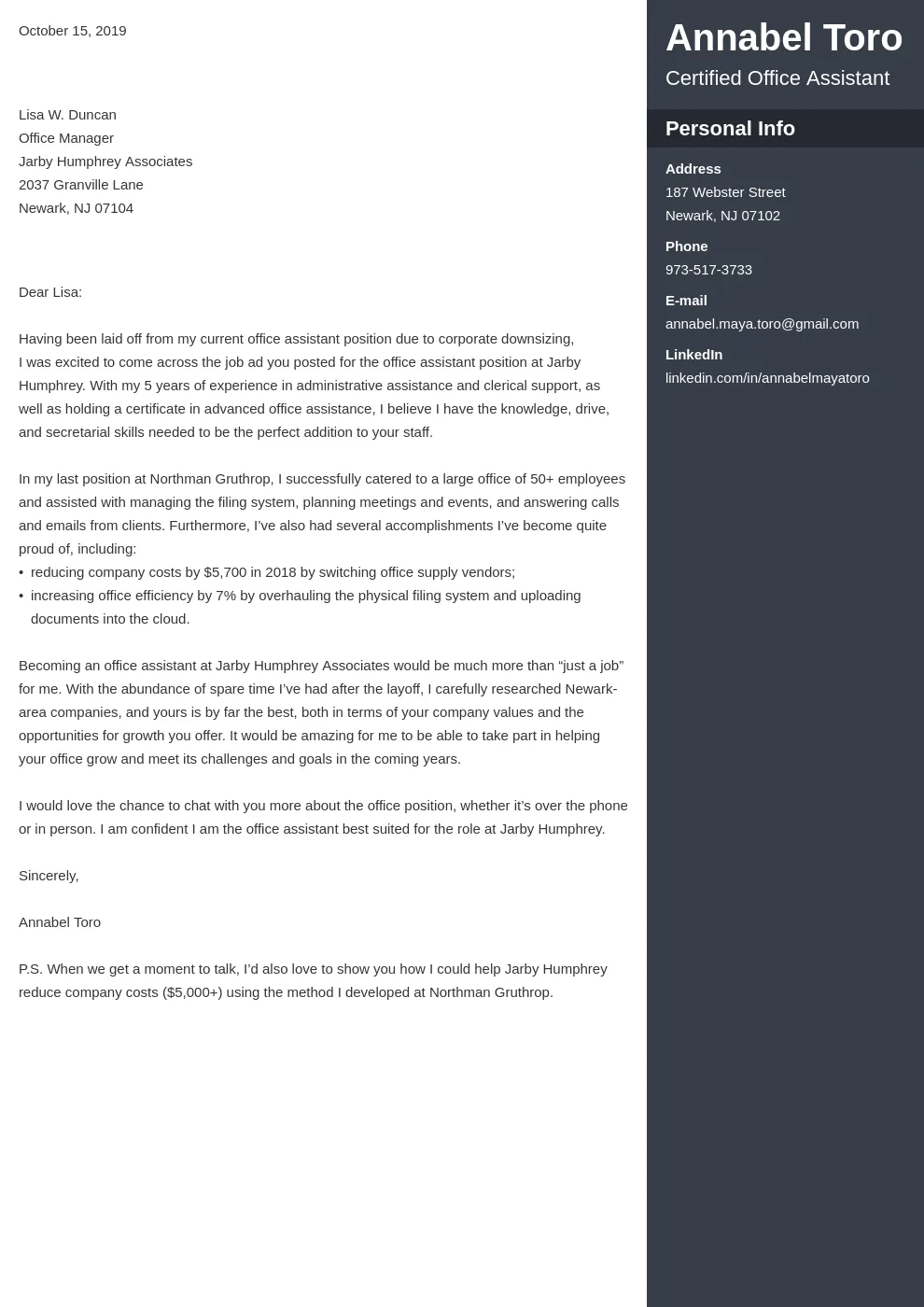Cover Letter Basics Understanding the Importance
A cover letter is a crucial component of your job application, serving as your introduction to a potential employer. It provides an opportunity to showcase your personality, skills, and enthusiasm beyond the confines of your resume. Think of it as your personal sales pitch, designed to persuade the hiring manager to read your resume and ultimately invite you for an interview. A well-crafted cover letter can significantly increase your chances of landing the job you desire, setting you apart from other applicants. Ignoring the importance of a cover letter could be a missed opportunity to make a strong first impression, so crafting a compelling one is important.
Crafting Your Cover Letter Key Elements
Before you even begin typing, consider what you want to communicate. Your cover letter needs to highlight your relevant skills and experience, demonstrate your understanding of the job requirements, and express your genuine interest in the position and the company. Research the company and the specific role you are applying for. Tailor your letter to each application, avoiding generic templates. Every cover letter should include a clear introduction, body paragraphs that showcase your skills, and a strong closing to leave a positive impression. The layout of the letter must be neat and easy to follow.
Contact Information and Formatting
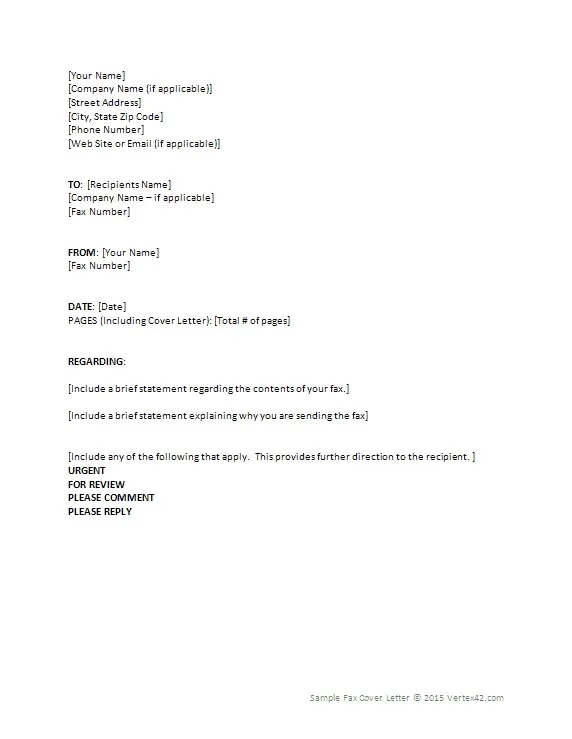
Start your cover letter by including your contact information at the top, mirroring your resume. This typically includes your name, phone number, email address, and optionally, your LinkedIn profile URL. Beneath your contact information, include the date and the hiring manager’s name and title, if known, along with the company’s address. Proper formatting is critical; use a professional font like Times New Roman, Arial, or Calibri in a readable size (11 or 12 points). Maintain consistent spacing and use clear headings and bullet points to organize your content and make it easy for the reader to scan.
Personalized Salutation Addressing the Hiring Manager
Avoid generic greetings like “To Whom It May Concern.” Instead, personalize your salutation by addressing the hiring manager by name. Research the company’s website, LinkedIn, or the job posting to find the name of the person responsible for hiring. If you can’t find a specific name, use a more formal greeting like “Dear Hiring Manager” or “Dear [Department Name] Team.” A personalized salutation demonstrates that you’ve done your homework and are genuinely interested in the position, making a positive first impression. Never misspell the hiring manager’s name, proofread carefully.
Opening Paragraph Grabbing Their Attention
Your opening paragraph is your chance to grab the reader’s attention. Start with a strong statement that immediately conveys your interest in the role and the company. Briefly mention where you found the job posting, and state the specific position you are applying for. You can also briefly highlight a key skill or achievement that aligns with the job requirements. The goal is to make the hiring manager want to read more. Avoid generic phrases. Make your introduction concise, enthusiastic, and tailored to the specific opportunity. The first few sentences are very important in setting the tone.
Body Paragraphs Highlighting Skills and Experience
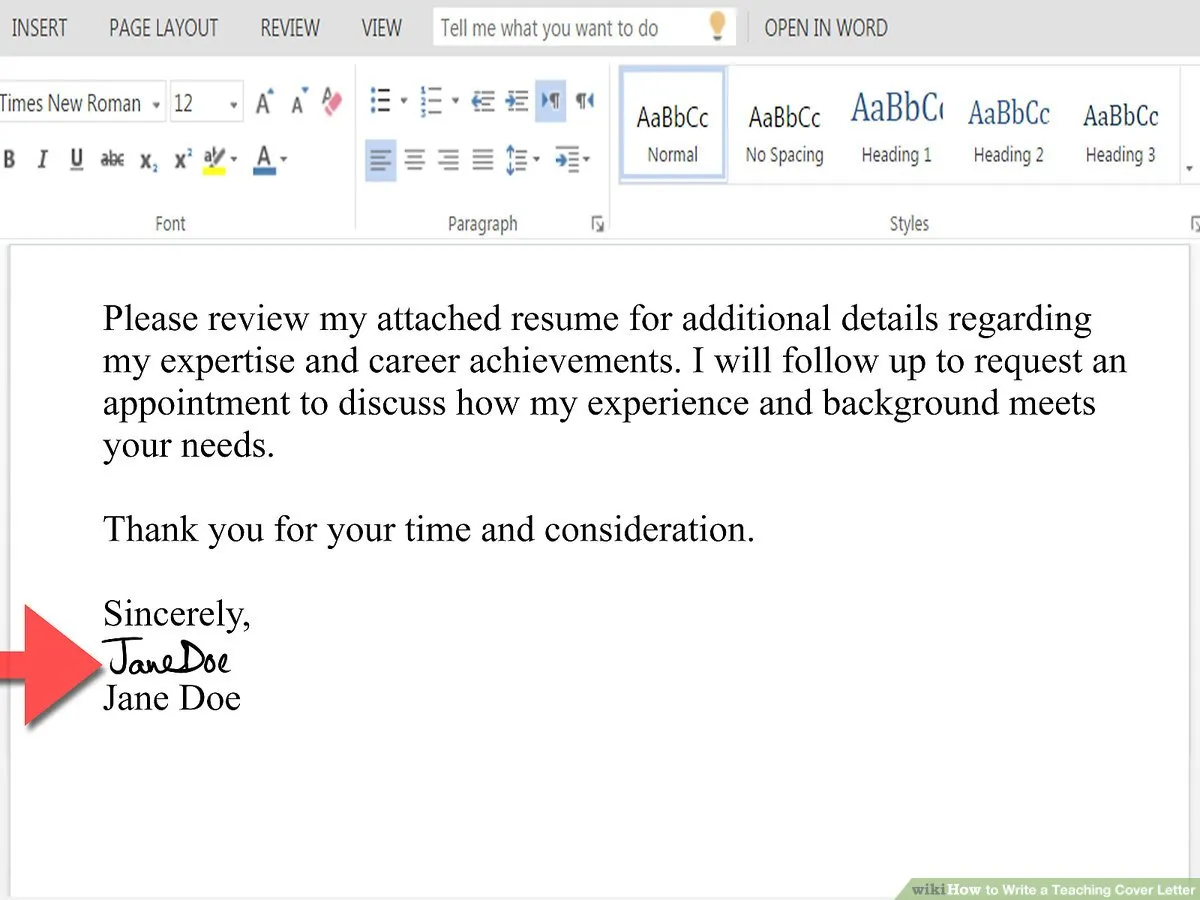
The body paragraphs are where you showcase your skills and experience in relation to the job requirements. Use specific examples from your past experiences to demonstrate how you’ve successfully handled similar responsibilities. Use the STAR method (Situation, Task, Action, Result) to structure your examples, providing context, explaining your role, describing your actions, and quantifying your results whenever possible. Focus on the most relevant skills and experiences and tailor each paragraph to match the job description. Use keywords from the job posting but avoid keyword stuffing.
Showcasing Achievements and Quantifiable Results
Whenever possible, quantify your achievements to demonstrate the impact of your work. Instead of saying “Managed social media accounts,” say “Increased social media engagement by 40% in six months.” Use numbers and metrics to highlight your accomplishments, such as the number of projects completed, the amount of money saved, or the percentage of sales increased. Quantifiable results make your claims more credible and provide concrete evidence of your abilities. Use data to prove what you have accomplished. This will help you stand out from other candidates.
Closing Paragraph Expressing Interest and Call to Action
Your closing paragraph should reiterate your interest in the position and the company. Express your enthusiasm for the opportunity and briefly summarize why you are a good fit. Include a clear call to action, such as stating that you are eager to discuss your qualifications further or that you are available for an interview at their earliest convenience. Thank the hiring manager for their time and consideration. End on a positive and confident note, leaving the impression that you are excited about the opportunity.
Formatting Your Cover Letter Ensuring Readability
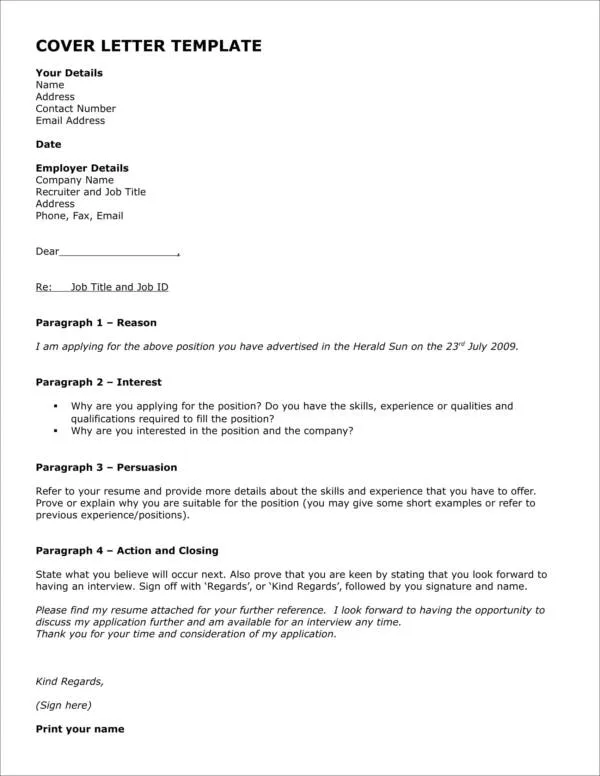
Ensure your cover letter is visually appealing and easy to read. Use a professional font (Times New Roman, Arial, or Calibri are good choices) in a readable size (11 or 12 points). Use single spacing with a space between paragraphs. Maintain consistent margins (typically 1 inch on all sides). Break up large blocks of text with shorter paragraphs. Use bullet points to highlight key skills or achievements. Proofread carefully to eliminate any typos or grammatical errors, as this can reflect negatively on your attention to detail. A well-formatted letter shows professionalism.
File Format and Naming Conventions
Save your cover letter as a PDF (Portable Document Format) to ensure that your formatting remains consistent across different devices and operating systems. PDF files are universally compatible and prevent any formatting issues that might arise if the recipient opens the document in a different word processor. Use a clear and professional file name, such as “Your Name_Cover Letter_Job Title.” This makes it easy for the hiring manager to identify your document. Always include your name, and the words “cover letter” in the file name. This is an example: “JaneDoe_CoverLetter_MarketingManager.pdf”
Preparing to Send Proofreading and Review
Before sending your cover letter, proofread it meticulously. Errors in grammar, spelling, and punctuation can create a negative impression. Use a grammar checker and spell checker, but don’t rely solely on these tools. Read your cover letter aloud to catch any awkward phrasing or flow issues. It’s also a good idea to have a friend, family member, or career counselor review your cover letter. A fresh pair of eyes can often catch errors that you might have missed. Double-check all contact information to ensure it is accurate. Proofreading is crucial.
Proofreading Checklist Common Errors to Avoid
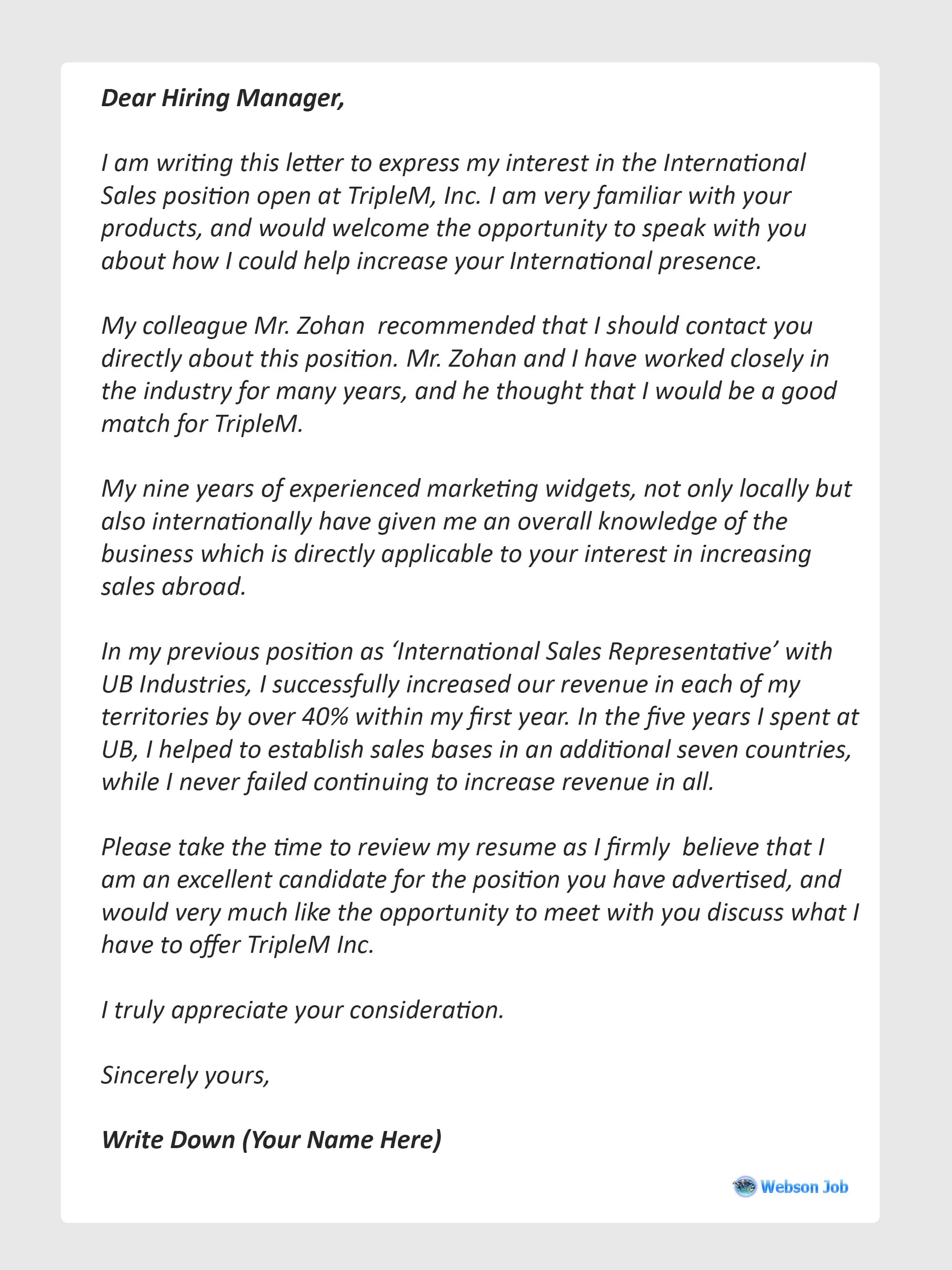
Create a proofreading checklist to help you catch common errors. Check for typos and spelling mistakes. Review grammar and punctuation, paying attention to subject-verb agreement, sentence structure, and the use of commas and periods. Ensure consistency in formatting, such as fonts, margins, and spacing. Verify that your contact information is accurate. Check for any unintentional repetition of words or phrases. Make sure you have used the correct company name and job title. Avoid using slang or jargon. Run the spell checker and grammar checker, but read the document yourself as well.
Reviewing for Tone and Professionalism
Assess the tone of your cover letter to ensure it is professional, enthusiastic, and appropriate for the target audience. Avoid overly casual or informal language. Use a confident and positive tone throughout the letter. Make sure the tone aligns with the company culture. Ensure your letter clearly conveys your enthusiasm for the opportunity. Review the entire letter for clarity, and ensure your message is easy to understand. Make sure your letter showcases your personality while remaining professional. This balance is important for making a positive impression.
Sending Your Cover Letter Email vs. Online Applications
The method for sending your cover letter depends on the application instructions provided by the employer. Some applications request that you send the cover letter and resume as email attachments, while others have online application portals where you can upload these documents. Always carefully review the instructions to ensure you follow the correct procedures. When in doubt, err on the side of caution by following the employer’s preferred method. Ensure you follow all instructions given by the employer to make a good impression and not miss an opportunity.
Email Cover Letters Best Practices
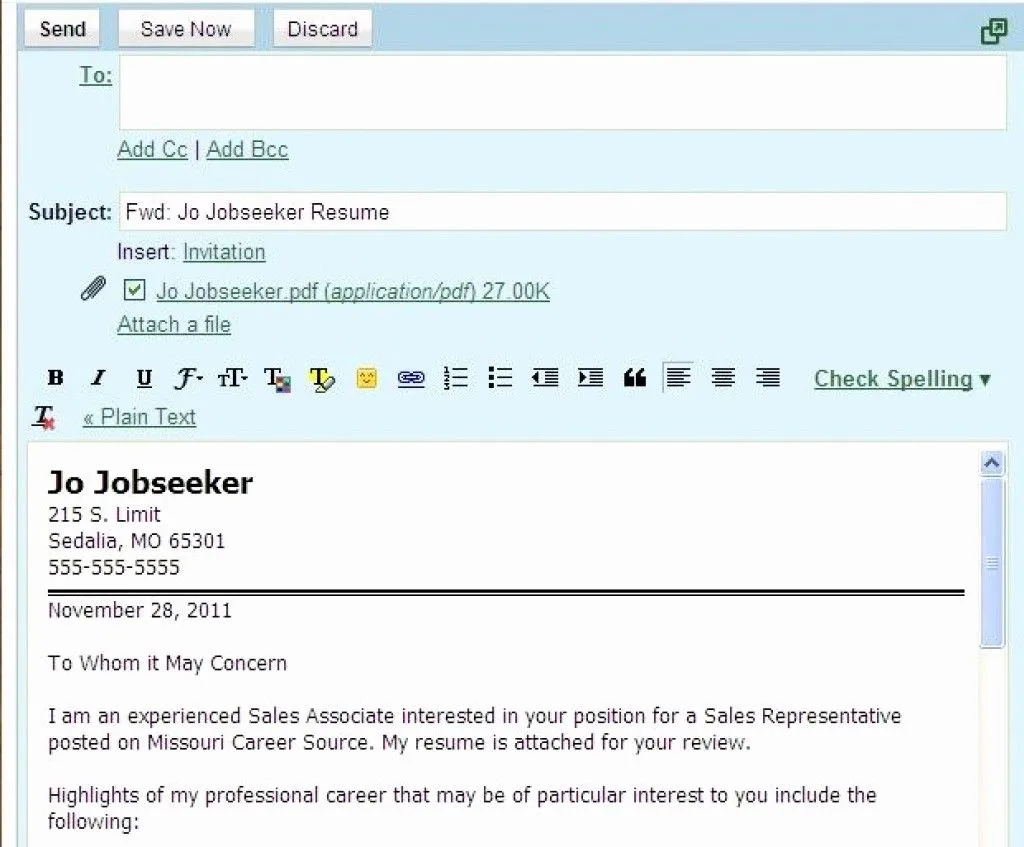
If you are sending your cover letter via email, include a concise and professional subject line that includes the job title and your name (e.g., “Marketing Manager Application - Jane Doe”). Write a brief email body that serves as a cover note, reiterating your interest in the position and mentioning the attached documents (cover letter and resume). Keep the email body brief and professional; avoid repeating the information in your cover letter. Always attach your cover letter and resume as PDF files to maintain formatting consistency. Proofread your email before sending it, including the subject line and the body of the email.
Subject Line Creating an Effective Subject Line
The subject line of your email is the first thing the hiring manager will see, so make it clear, concise, and professional. Include the job title and your name in the subject line. Avoid generic subject lines like “Resume” or “Job Application.” For example, a strong subject line would be “Software Engineer Application - John Smith.” Ensure the subject line accurately reflects the content of the email. This helps the recipient quickly identify the purpose of your email and prioritize it appropriately. This increases the likelihood your application will be opened and reviewed.
Body of the Email Keeping it Concise and Engaging
The body of the email should serve as a brief introduction and a cover note, not a repeat of your cover letter. Express your interest in the position and state that you have attached your cover letter and resume for review. Keep the email body concise, usually no more than three to four sentences. Highlight a key skill or achievement to pique the reader’s interest, and thank the hiring manager for their time and consideration. Ensure the email’s tone is professional and enthusiastic, reinforcing the message in your attached documents.
Attaching Your Cover Letter and Resume
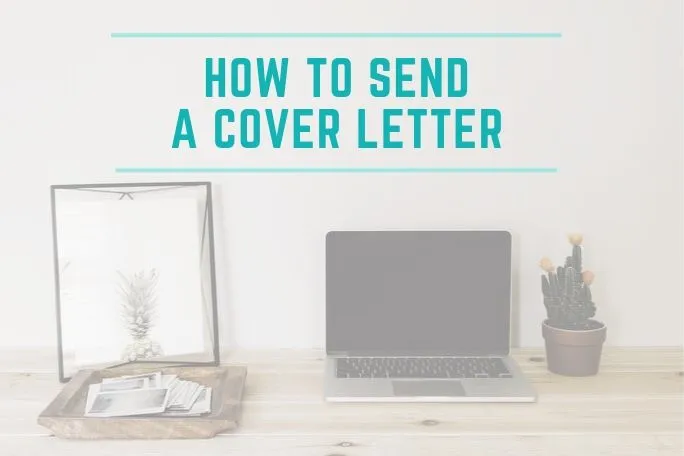
Always attach your cover letter and resume as PDF files to maintain formatting consistency. Before sending, double-check that both attachments are included. Verify that the attachments are the correct versions of your documents. Use clear and professional file names for both attachments (e.g., “Your Name_Cover Letter.pdf” and “Your Name_Resume.pdf”). If the job application specifies different file naming conventions, make sure to adhere to them. Confirm the attachments are accessible and open correctly before you send the email. This step is critical to ensuring that your application is properly reviewed.
Online Applications Uploading and Submitting
When applying through an online portal, carefully follow the instructions for uploading your cover letter and resume. Typically, you will be asked to upload both documents as PDF files. Adhere to any file size restrictions specified in the application. Ensure your files are properly named and in the correct format. After uploading, double-check that the documents have been successfully uploaded and are accessible. Pay close attention to any other required information and fields on the online form. Submit the application only after reviewing all the details and ensuring everything is accurate and complete.
Following Up Timing and Etiquette
After submitting your cover letter and resume, it is acceptable to follow up with the hiring manager to express your continued interest in the position. The best time to follow up is typically one to two weeks after submitting your application, unless the job posting specifies a different timeframe. Send a brief email reiterating your interest, thanking the hiring manager for their time, and asking about the status of your application. Avoid sending multiple follow-up emails, as this could be perceived as overbearing. Keep the follow-up email concise and professional. Be patient, as the hiring process can take time.
When to Follow Up and How
When following up, keep your email brief and polite. Reference the job title and when you submitted your application. Reiterate your interest in the position and your qualifications, and thank the hiring manager for their consideration. Avoid being overly aggressive or demanding. End with a statement expressing your availability for an interview. If you don’t receive a response after the first follow-up, it’s generally not advisable to send another email. Consider the hiring timeline when deciding when to follow up, and respect the hiring manager’s time. Following up demonstrates your interest, but be respectful.
Things to Avoid Common Mistakes
Avoid common mistakes that can negatively impact your job application. Never send a generic cover letter that is not tailored to the specific job and company. Avoid using typos, grammatical errors, or poor formatting. Do not include irrelevant information that is not directly related to the job requirements. Avoid using unprofessional language, slang, or jargon. Do not exceed the recommended length for a cover letter (typically one page). Refrain from making negative comments about previous employers or colleagues. Never lie or exaggerate your qualifications. Proofreading your cover letter is very important.
Sending Your Cover Letter Final Thoughts
Sending a cover letter can be a crucial step in securing your dream job. By understanding the importance of a well-crafted cover letter and following these guidelines, you can significantly increase your chances of getting noticed by employers. Remember to tailor your cover letter to each job application, highlighting your relevant skills and experiences while expressing your genuine interest in the position. Proofread meticulously, use proper formatting, and send your cover letter in the correct format. By paying attention to these details, you can create a compelling cover letter that effectively showcases your qualifications and makes a positive impression on potential employers. Good luck!
